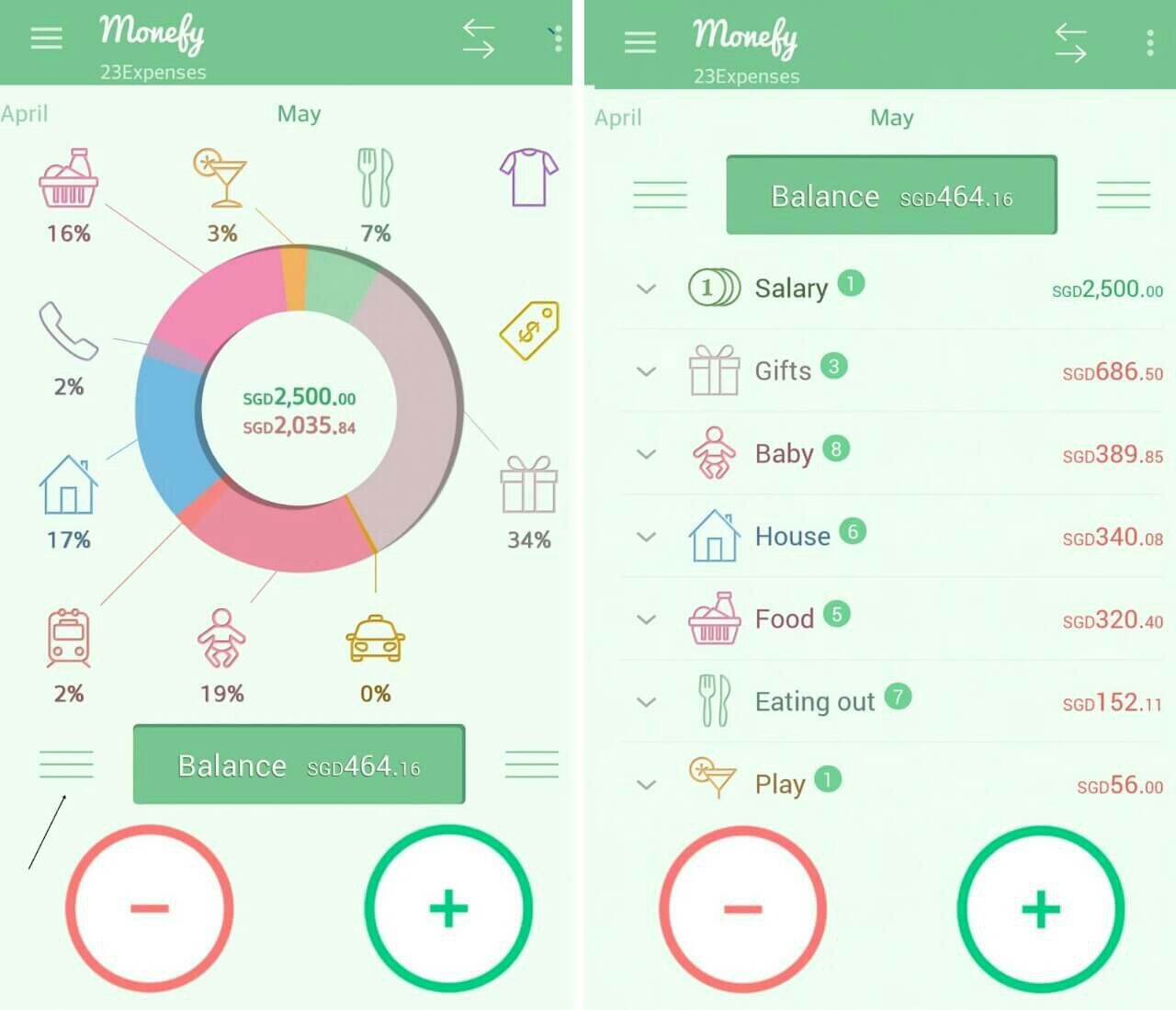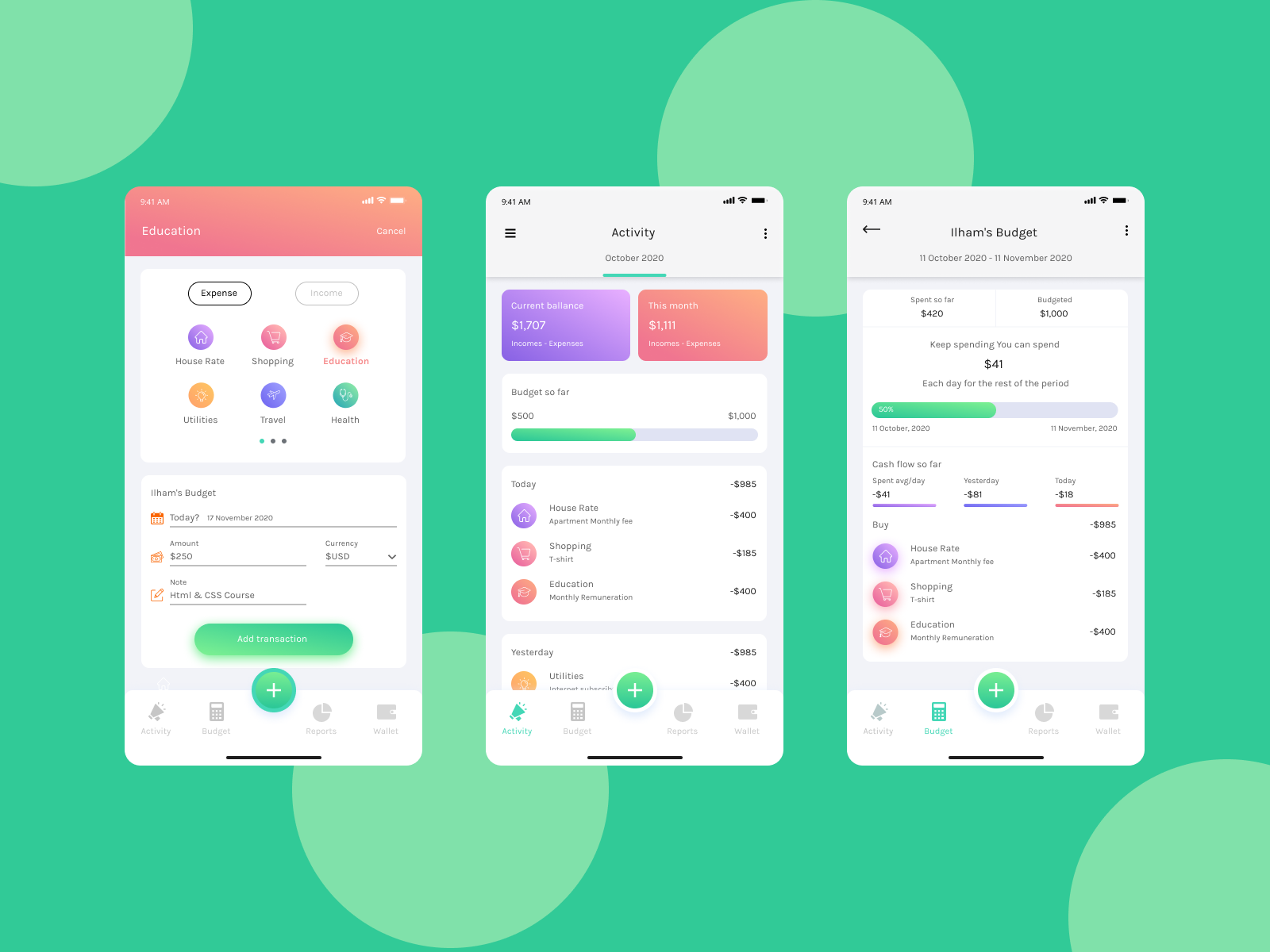Budget planner apps are taking the world of personal finance by storm, offering a plethora of features to help you manage your money more effectively. From expense tracking to budgeting tools and financial analysis, these apps empower you to take control of your finances like never before.
In this comprehensive guide, we’ll delve into the world of budget planner apps, exploring their features, benefits, and challenges. We’ll also compare different apps, discuss user experience, and examine the latest trends and future developments in this rapidly evolving market.
Introduction to Budget Planner Apps

Budget planner apps are software applications designed to help individuals and families manage their finances effectively. They provide a range of features to assist users in tracking income, expenses, and savings, and creating and adhering to budgets.
The benefits of using budget planner apps are numerous. These apps can help users:
- Gain a clear understanding of their financial situation
- Identify areas where they can save money
- Create and stick to a budget
- Achieve their financial goals
However, there are also some challenges associated with using budget planner apps. These apps can be complex to use, and they require users to be disciplined in entering their financial data accurately. Additionally, some apps may require a subscription fee, which can be a deterrent for some users.
Overall, budget planner apps can be a valuable tool for individuals and families who want to improve their financial management. By providing a range of features and benefits, these apps can help users gain control of their finances and achieve their financial goals.
Features and Functionality
Budget planner apps provide a comprehensive suite of features designed to help users manage their finances effectively. These features range from basic expense tracking to advanced budgeting tools and financial analysis capabilities.
One of the core features of budget planner apps is expense tracking. This allows users to record and categorize their income and expenses, providing a clear overview of their financial situation. Many apps also offer automated expense tracking, using bank account integration or receipt scanning to simplify the process.
Budgeting Tools
Budget planner apps offer a range of budgeting tools to help users create and stick to financial plans. These tools typically include:
- Income and expense categorization:Allows users to assign categories to their income and expenses, enabling easy tracking and analysis.
- Budget templates:Provides pre-defined budget templates based on common financial goals, such as saving for a down payment or paying off debt.
- Custom budgeting:Allows users to create their own custom budgets based on their specific needs and financial goals.
- Budget tracking:Monitors progress towards budget goals, providing real-time updates on spending and savings.
Financial Analysis, Budget planner apps
Budget planner apps often include financial analysis capabilities to help users gain insights into their financial situation. These tools may include:
- Cash flow analysis:Provides a detailed overview of cash inflows and outflows, helping users identify areas for improvement.
- Net worth tracking:Calculates the user’s net worth, including assets and liabilities, providing a snapshot of their overall financial health.
- Spending patterns:Analyzes spending habits over time, identifying trends and areas where adjustments can be made.
- Financial reports:Generates customized reports that summarize financial data, such as income statements, balance sheets, and cash flow statements.
Comparison of Different Apps

Choosing the right budget planner app depends on individual needs and preferences. To help you make an informed decision, we have compared the features, pricing, and user ratings of several popular budget planner apps.
The table below provides an overview of the key features, pricing, and user ratings of each app:
| Feature | App 1 | App 2 | App 3 |
|---|---|---|---|
| Budgeting tools | Detailed budgeting tools, including customizable categories and subcategories | Basic budgeting tools, with limited customization options | Advanced budgeting tools, with the ability to track expenses and income in multiple currencies |
| Expense tracking | Automatic expense tracking, with the ability to manually add expenses | Manual expense tracking only | Automatic expense tracking, with the ability to categorize expenses and set spending limits |
| Reporting | Detailed reports, including spending trends and financial projections | Basic reports, with limited customization options | Advanced reporting, with the ability to export data to spreadsheets and other formats |
| Pricing | Free | $4.99 per month | $9.99 per month |
| User ratings | 4.5 stars (out of 5) | 4.2 stars (out of 5) | 4.7 stars (out of 5) |
Strengths and Weaknesses
Each budget planner app has its own strengths and weaknesses. Here is a brief overview:
- App 1:Strengths include detailed budgeting tools, automatic expense tracking, and advanced reporting. Weaknesses include the lack of customization options for budgeting tools and reports.
- App 2:Strengths include a user-friendly interface and free pricing. Weaknesses include limited customization options and basic reporting features.
- App 3:Strengths include advanced budgeting tools, automatic expense tracking, and advanced reporting. Weaknesses include the higher pricing and the lack of a free tier.
User Experience and Interface
Budget planner apps are designed to be user-friendly and easy to navigate, even for those who are not familiar with financial management. The typical interface includes a dashboard that provides an overview of your financial situation, including your income, expenses, and savings.
From the dashboard, you can drill down into specific categories to see more detailed information.
Most budget planner apps offer a variety of customization options so that you can tailor the app to your specific needs. For example, you can change the currency, add custom categories, and set up automatic reminders for upcoming bills.
Ease of Use
Budget planner apps are designed to be as easy to use as possible. The interface is typically simple and straightforward, and the navigation is intuitive. Even if you have never used a budget planner app before, you should be able to get started quickly and easily.
Accessibility
Budget planner apps are available on a variety of platforms, including smartphones, tablets, and desktops. This means that you can access your budget from anywhere, at any time. Many apps also offer cloud syncing, so you can keep your budget up to date across all of your devices.
Customization Options
Budget planner apps offer a variety of customization options so that you can tailor the app to your specific needs. For example, you can:
- Change the currency
- Add custom categories
- Set up automatic reminders for upcoming bills
- Create multiple budgets
- Export your budget data
Integration and Compatibility
Budget planner apps often integrate with other financial tools and services to provide a comprehensive financial management experience. This integration allows users to connect their bank accounts, credit cards, and investment accounts to the app, enabling them to track all their financial transactions in one place.
Some apps also offer features such as bill payment reminders, automatic expense categorization, and financial advice.
Compatibility with Different Devices and Operating Systems
Budget planner apps are typically available on a variety of devices and operating systems, including smartphones, tablets, and desktops. This allows users to access their financial information and manage their budget from anywhere, at any time. Some apps also offer cloud-based storage, ensuring that users’ data is always backed up and accessible from any device.
Security and Privacy: Budget Planner Apps
Budget planner apps prioritize the security and privacy of users’ financial data. They employ robust security measures to safeguard sensitive information.
Data Encryption
Data encryption is a crucial security measure used by budget planner apps. It involves converting data into an unreadable format, making it inaccessible to unauthorized individuals. Encryption algorithms, such as AES-256, are commonly employed to protect data both at rest and in transit.
Authentication Protocols
Authentication protocols ensure that only authorized users can access budget planner apps. These protocols typically involve a combination of password protection, two-factor authentication (2FA), and biometric authentication. 2FA adds an extra layer of security by requiring users to provide a second form of verification, such as a code sent via SMS or an authentication app.
Privacy Policies
Budget planner apps adhere to strict privacy policies that Artikel how user data is collected, used, and shared. These policies are designed to comply with industry regulations and protect users’ privacy. Users should carefully review privacy policies before using any budget planner app to understand how their data will be handled.
Emerging Trends and Future Developments

The budget planner app market is constantly evolving, with new trends and developments emerging all the time. Some of the most notable trends include:
Artificial intelligence (AI) and machine learning (ML) are being used to automate tasks and provide personalized insights.
Integration with Other Financial Tools
Budget planner apps are increasingly being integrated with other financial tools, such as banking apps and investment platforms. This allows users to have a more complete view of their financial situation and make better informed decisions.
Gamification
Gamification is being used to make budgeting more fun and engaging. This can include features such as challenges, rewards, and leaderboards.
Potential Future Developments
Some of the potential future developments in the budget planner app market include:
- The use of AI and ML to provide even more personalized insights and recommendations.
- The integration of budget planner apps with other financial tools, such as tax preparation software and retirement planning tools.
- The development of new features and functionality to make budgeting even easier and more effective.
Summary

As the world of finance continues to evolve, budget planner apps are poised to play an increasingly vital role in helping individuals manage their money wisely. By embracing these powerful tools, you can gain a deeper understanding of your financial habits, make informed decisions, and achieve your financial goals faster than ever before.
Frequently Asked Questions
What are the benefits of using budget planner apps?
Budget planner apps offer numerous benefits, including improved expense tracking, better budgeting, more informed financial decisions, and ultimately, greater financial success.
What are the challenges of using budget planner apps?
Some challenges of using budget planner apps include the need for discipline and consistency, potential privacy concerns, and the risk of relying too heavily on technology for financial management.
How do I choose the right budget planner app for me?
When choosing a budget planner app, consider your specific needs and preferences. Look for apps that offer the features you need, have a user-friendly interface, and align with your financial goals.
